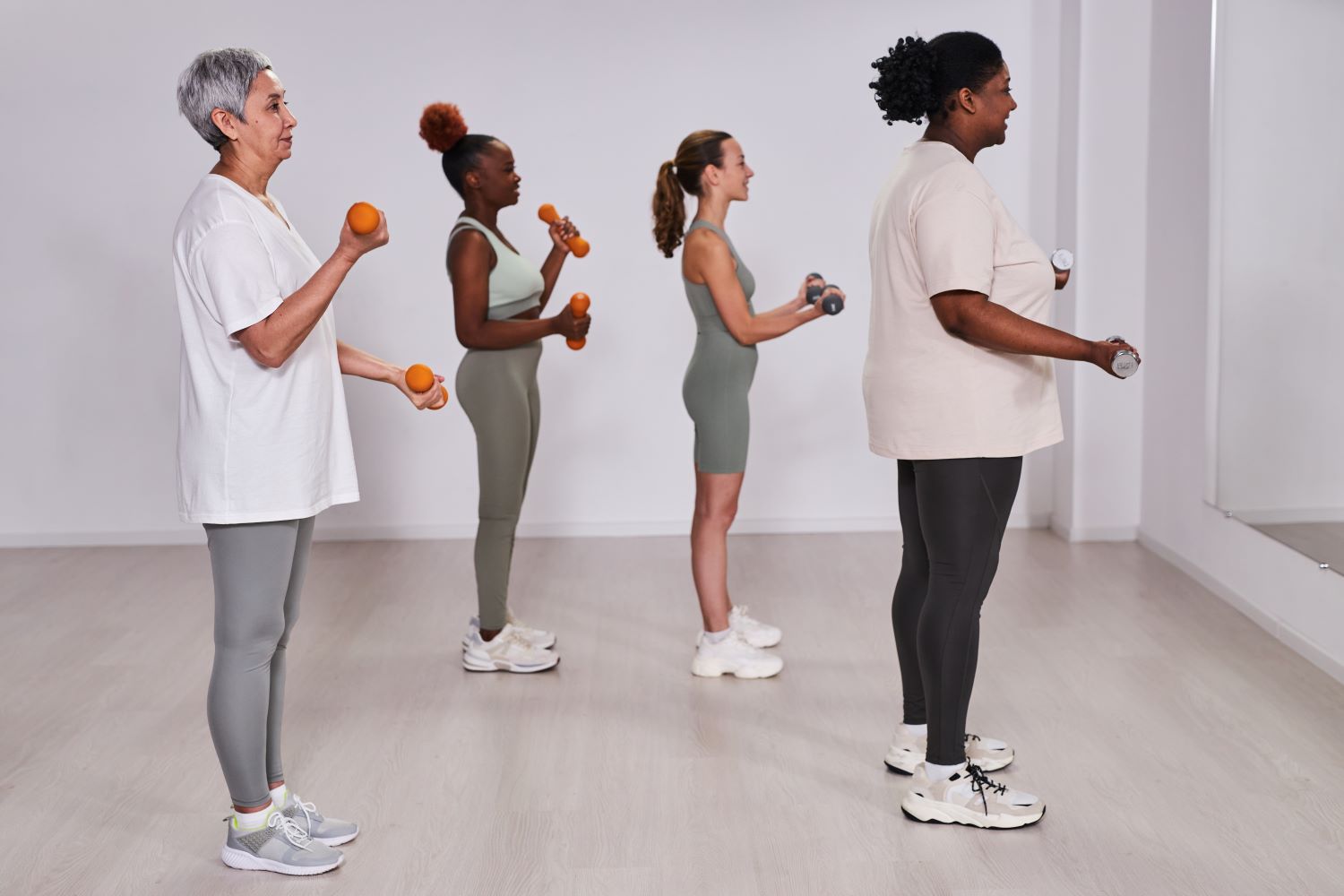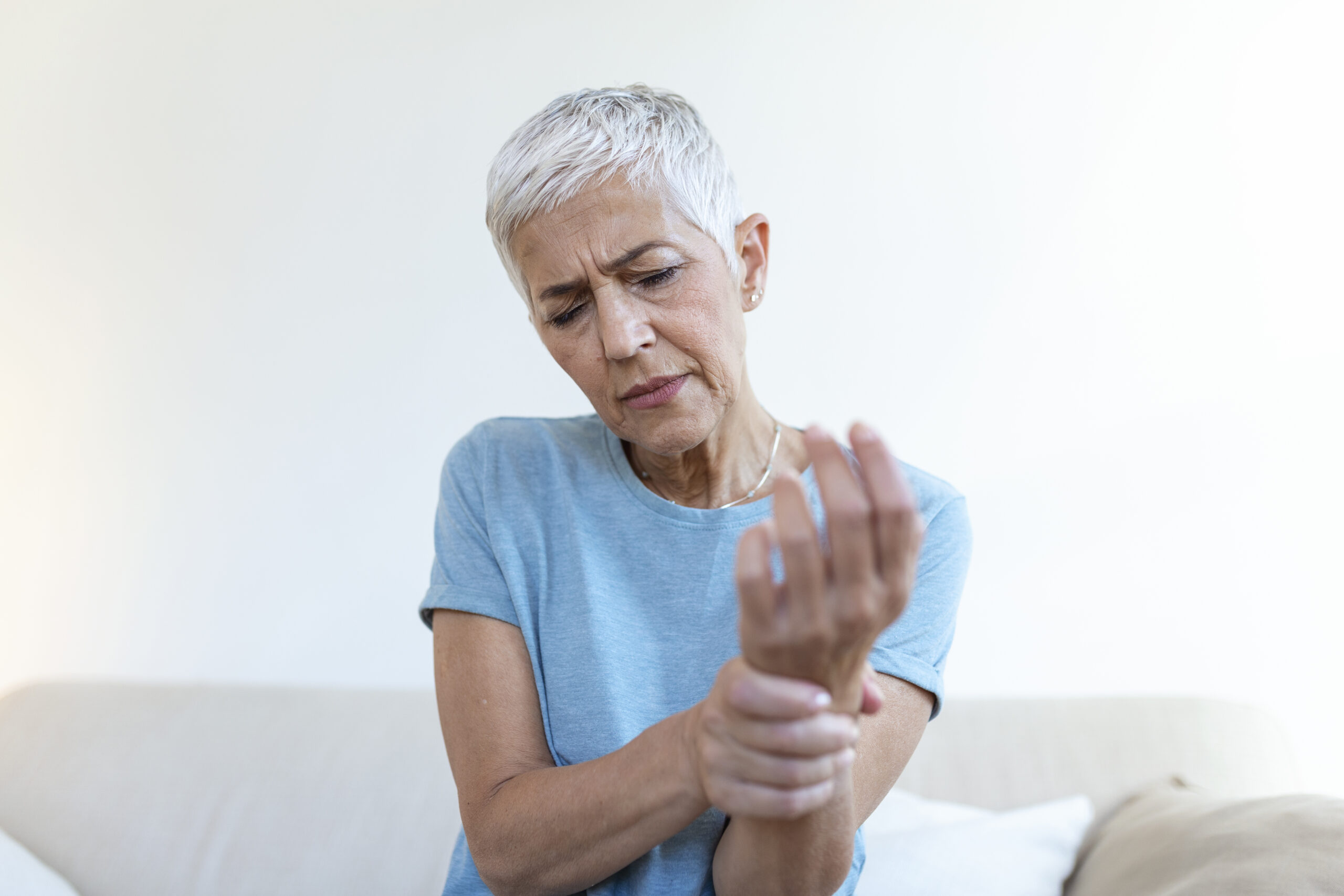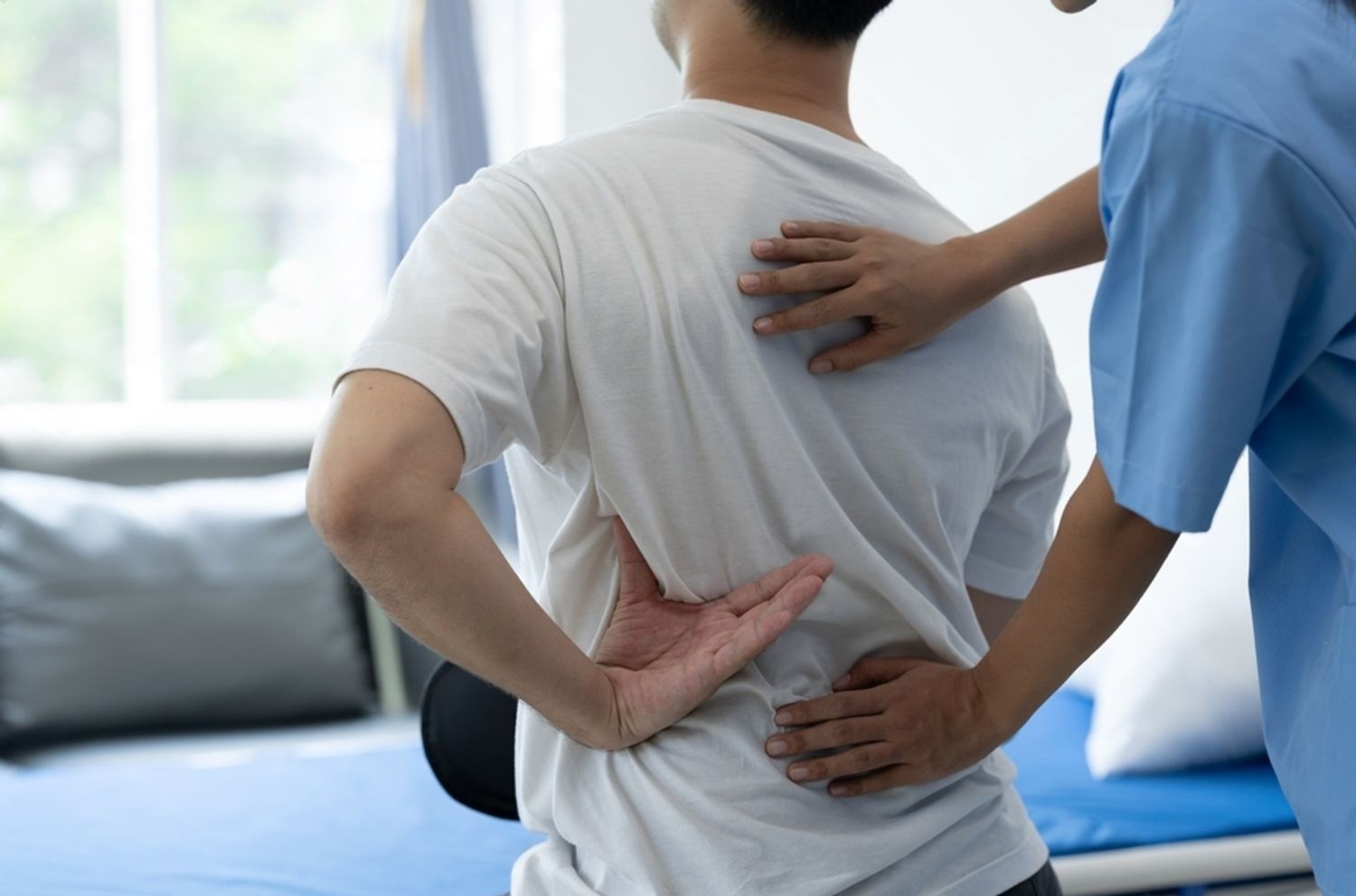Top Weight-Bearing Exercises for a Stronger Bone Health

There’s nothing like weight-bearing exercises when it comes to strengthening bone health. They help build strong bones, maintain thick bones and prevent osteoporosis. It takes an experienced physiotherapist to recommend the right exercises specific to your health concern. They assess your condition, lifestyle and medical history to curate an appropriate exercise program for you.
What are Weight-Bearing Exercises?
Aerobic exercises that require you to be on your feet with your bones supporting the weight are weight-bearing exercises. Standing, for instance, is a weight-bearing exercise. You stand on your feet with the weight of your body on your bones.
They help maintain optimum bone health in several ways. It prevents bone loss, improves bone strength and maintains bone thickness.
Weight-Bearing Exercises Simplest Examples
Bone loss occurs with age. It makes you more susceptible to fractures, injuries and muscle stiffness. While strength training focuses on restoring the flexibility and endurance of muscles, weight-bearing exercises take care of your bone health. The right exercises, if done correctly, give your bones the power and strength they require to function smoothly.
Physiotherapists often categorize the exercises based on their impact on your bones. So, there are three main types of weight-bearing exercises.
Low-impact weight-bearing exercises
These are safe alternatives to high-impact exercises and are often recommended to beginners. It is also a great option for people with physical limitations.
These keep your bones strong and slow bone loss.
Examples
- Walking outside or on a treadmill– Walking provides you with good bone structure and muscle strength, whether you walk outside or on treadmills.
- Stair-step machines– The exercise resembles that of climbing stairs. It increases your heart strength and strengthens your legs, hips and feet.
- Easy aerobics- The low-impact aerobic exercises let you achieve maximum heart rate (60-85%).
A physiotherapist assesses your condition to figure out the exact underlying cause of your injury. Then they recommend whether you need low or high-impact exercises.
Moderate-impact weight-bearing exercises
These exercises get you moving to an extent where you can burn energy five times more than what you do while sitting. It is a safe option if you don’t have a higher level of fitness for high-impact exercises.
Examples
- Jogging
- Skipping
- Highland Dancing
- Running
The physiotherapist is the right professional to determine if you need moderate-impact exercises.
High-impact weight-bearing exercises
Studies suggest that high-impact exercises maintain bone density in the femur and lumbar spine. They help improve all the major facets of bone health. Consistent sessions reduce bone fragility and bone density.
Examples
- Dancing- Dancing gets your body moving and hence is great for better bone health and balance. Whether it’s jazz or a ballet class, dance forms help maintain strong bones.
- Hiking- Hiking involves touching your feet on the ground and that’s the best way to increase bone density.
- Tennis– Racquet sports work out on your racquet wrist, arm and shoulder. It also helps build strong bones in your spine and hips.
High-impact exercises exert higher amounts of stress on the targetted body parts. You should perform them under the supervision of physical therapists lest you end up hurting yourself.
Final Thoughts,
Bone health is a serious matter of concern for all once they cross 35. That’s quite the right time to take the initiative to protect the bones. Weight-bearing exercises are one of the best ways to achieve that. Conditions like osteoporosis are also common among people over 40. It is characterized by a faster rate of bone loss. The weight-bearing exercises can provide relief from this condition as well.
Blog Categories
- Acupuncture Treatment (10)
- Ankle Sprain (1)
- Arthritis Treatment (1)
- Back Pain (23)
- Chiropractic Care (38)
- Tennis Elbow (1)
- Chronic Pain (5)
- COVID-19 (1)
- Custom Orthotics (6)
- Dizziness (4)
- Exercises (12)
- Foot Orthotics (6)
- Hamstring Stretches (2)
- Info Articles (3)
- Kids Injury (1)
- Laser Therapy (4)
- Massage Therapy (21)
- Neck Pain (16)
- Orthopedic (1)
- Osteoarthritis (5)
- Osteopathy (3)
- Pain Management (17)
- Physiotherapy Benefits (44)
- Physiotherapy Clinic (6)
- Physiotherapy Exercises (12)
- Physiotherapy Tips (25)
- Physiotherapy Treatment (100)
- Rotator Cuff (2)
- Shin Splints (1)
- Shoulder (2)
- Spine (4)
- Sports Physiotherapy (1)
- Uncategorized (1)
- Vestibular Physiotherapy (2)
- Work From Home (2)


